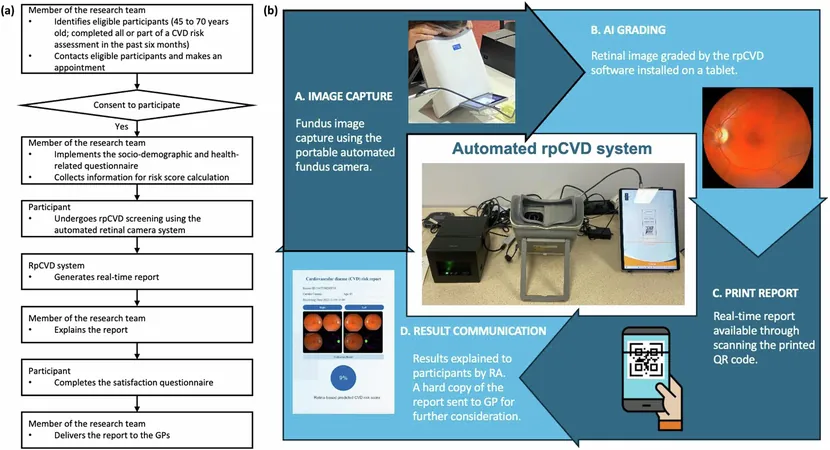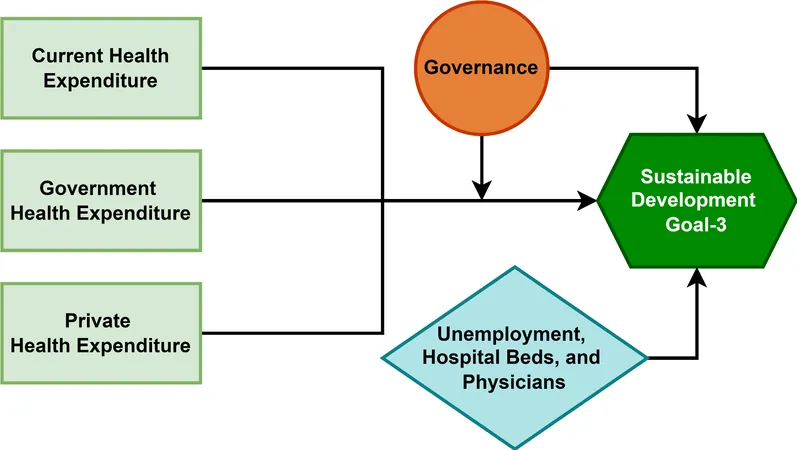
Microsoft Leverages AI to Expose Critical Vulnerabilities in Major Bootloaders: Are Your Devices at Risk?
2025-03-31
Author: Siti
Introduction
In an impressive demonstration of artificial intelligence capabilities, Microsoft has unveiled its cutting-edge Security Copilot, which has successfully identified 20 previously unknown vulnerabilities within three widely used open-source bootloaders: GRUB2, U-Boot, and Barebox.
Bootloader Overview
For those unfamiliar, GRUB2 (GRand Unified Bootloader) serves as the default boot loader for a multitude of Linux distributions, including the popular Ubuntu. Meanwhile, U-Boot and Barebox find their applications in embedded systems and Internet of Things (IoT) devices, playing essential roles in the functioning of smart technology.
Vulnerabilities Identified
Among the newly discovered vulnerabilities, Microsoft's analysis reveals eleven critical issues in GRUB2. Most notably, these vulnerabilities include severe integer and buffer overflows tied to filesystem parsers and command processing functions, coupled with a concerning side-channel risk in cryptographic comparisons.
In addition to the GRUB2 vulnerabilities, Microsoft reported nine buffer overflows in U-Boot and Barebox, specifically within the parsing of various file systems, such as SquashFS, EXT4, and CramFS. These vulnerabilities, while requiring physical device access to exploit, pose significant risks to devices utilizing UEFI Secure Boot. Under the right conditions, attackers can bypass critical security mechanisms, potentially allowing them to execute arbitrary code on affected systems.
Historical Context and Exploitation Risks
Interestingly, exploiting these vulnerabilities might be akin to strategies seen in past bootkit attacks, like the notorious BlackLotus incident, where malicious software gained unauthorized access to systems. Microsoft warns, 'While most threat actors would need direct access to exploit U-Boot or Barebox weaknesses, the vulnerabilities in GRUB2 could allow for the installation of stealthy bootkits, jeopardizing secure environments and potentially overriding other security protocols such as BitLocker.'
Consequences of Exploitation
The ramifications of successful exploitation are severe. Once a bootkit is installed, attackers can seize total control over devices, influencing the boot process and the operating system, infiltrating additional devices on the same network, and engaging in a host of malicious activities. Alarmingly, this could also result in persistent malware that survives even after operations like OS reinstallation or hard drive replacement.
Notable Vulnerabilities in GRUB2
Here’s a summary of the notable vulnerabilities unearthed in GRUB2:
1. CVE-2024-56737 – Buffer overflow related to unsafe string copy in HFS filesystem mounting.
2. CVE-2024-56738 – Side-channel vulnerability in cryptographic comparison functions (grub_crypto_memcmp not operating in constant time).
3. CVE-2025-0677 – Integer overflow during UFS symbolic link management resulting in buffer overflow.
4. CVE-2025-0678 – Integer overflow while reading Squash4 files, leading to buffer overflow.
5. CVE-2025-0684 – Integer overflow related to ReiserFS symbolic link management.
6. CVE-2025-0685 – Integer overflow in JFS symbolic link management.
7. CVE-2025-0686 – Integer overflow impacting RomFS symbolic link handling.
8. CVE-2025-0689 – Out-of-bounds read observed in UDF block processing.
9. CVE-2025-0690 – Signed integer overflow and incorrect memory write during read commands (keyboard input handler).
10. CVE-2025-1118 – Dump command that could allow arbitrary memory reads, advised to be disabled in production.
11. CVE-2025-1125 – Integer overflow in HFS compressed file opening, resulting in buffer overflow.
Most vulnerabilities are rated medium in severity, but CVE-2025-0678 stands out with a high severity rating (CVSS v3.1 score: 7.8).
Significance of AI in Security
Microsoft emphasizes that the implementation of Security Copilot has significantly accelerated the vulnerability detection process within the complex coding ecosystem of GRUB2, saving an estimated week of time compared to traditional manual analysis. The AI tool not only uncovered these uncharted flaws but also assisted developers by offering targeted mitigation suggestions, enhancing the speed at which security patches can be developed—crucial for open-source projects often driven by limited volunteer resources.
Further demonstrating its prowess, the findings from the GRUB2 analysis have also prompted Security Copilot to identify similar bugs in related projects, reinforcing the interconnected nature of code within open-source communities.
Conclusion and Recommendations
As cyber threats become more sophisticated, adopting AI-driven tools like Microsoft's Security Copilot could prove essential for software maintainers. The implications of these discoveries necessitate immediate and thorough investigation to protect users against potential device exploitation. Are your devices safe? Stay alert and keep your software updated!




 Brasil (PT)
Brasil (PT)
 Canada (EN)
Canada (EN)
 Chile (ES)
Chile (ES)
 Česko (CS)
Česko (CS)
 대한민국 (KO)
대한민국 (KO)
 España (ES)
España (ES)
 France (FR)
France (FR)
 Hong Kong (EN)
Hong Kong (EN)
 Italia (IT)
Italia (IT)
 日本 (JA)
日本 (JA)
 Magyarország (HU)
Magyarország (HU)
 Norge (NO)
Norge (NO)
 Polska (PL)
Polska (PL)
 Schweiz (DE)
Schweiz (DE)
 Singapore (EN)
Singapore (EN)
 Sverige (SV)
Sverige (SV)
 Suomi (FI)
Suomi (FI)
 Türkiye (TR)
Türkiye (TR)
 الإمارات العربية المتحدة (AR)
الإمارات العربية المتحدة (AR)